


CNC turning is a manufacturing process in which bars of material are held in a chuck and rotated while a tool is fed to the piece to remove material to create required shape. Unlike with CNC milling, the cutting tool does not spin.
Turning process can be used on different types of metals like aluminum, steel, stainless steel, copper, brass, bronze, titanium, magnesium, as well as plastics like nylon and so on.
CNC turning machines or lathe machines are programmed to make certain movements and remove material from raw materials until the desired 3D model is formed.

The turning processes are typically carried out on a lathe and can produce various shapes of materials. In general, turning uses simple single-point cutting tools. Each group of workpiece materials has an optimum set of tool angles. CNC turning means this precision machining process is computer numerical controlled.
When turning, the workpiece is rotated and a cutting tool is traversed along 1, 2, or 3 axes of motion to produce precise diameters and depths. Turning can be either on the outside of the cylinder or on the inside (also known as boring) to produce tubular components to various geometries.
The tool's axes of movement may be literally a straight line, or they may be along some set of curves or angles, but they are essentially linear (in the non-mathematical sense).
Most CNC lathes consist of two axis (X and Z).
CNC turning can be used for rapid manufacture of either prototypes or end-use CNC parts.
Materials Range
We have more than 50 types of plastic and metal block with different specifications for CNC machining.
Custom Surface Finishes
We provide different surface finishes for you to choose.
High Precision Tolerances
Precision tolerances vary, due to size and material types, from +/-0.001″ to +/-0.005″.
Cost and Time Efficient
With automatic programming, we come up with the optimal solution for both low and high volume production.
Complexity Requirement
CNC machining is suitable for both prototypes and large batch parts. Our equipments and experience can help produce parts with complex shapes as required.
Integrated Service
We possess different but mature product lines. We can meet your various demands and provide best solution.
Metric Units:
Maximum part size:1100mm * 650mm * 650mm
Minimum part size:0.5mm
Imperial Units:
Maximum part size:43.3 in * 25.6in * 25.6 in
Minimum part size:0.019 in
| Aluminum | Stainless Steel | Mild Alloy Tool Steel | Other Metal |
| 6061-T6 | 303 | Mild Steel 1018 | Brass C360 |
| 6082 | 304L | Copper C101 | |
| 7075-T6 | 316L | Mild steel 1045 | Copper C110 |
| 5083 | 2205 Duplex | Alloy steel 1215 | Titanium Grade 1 |
| 5052 | 17-4 | Mild steel A36 | Titanium Grade 2 |
| 15-5 | Alloy steel 4130 | Invar | |
| 2014 | 416 | Alloy steel 4140 | Inconel 718 |
| 2017 | 420 | Alloy steel 4340 | Magnesium AZ31B |
| 2024 | 430 | Tool Steel A2 | |
| 6063 | 440C | Tool Steel A3 | |
| 7050 | 301 | Tool Steel D2 | |
| A380 | Tool Steel S7 | ||
| MIC 6 | Tool Steel H13 | ||
| Tool Steel O1 |
| Plastics | Reinforced Plastic |
| ABS | Garolite G10 |
| Polypropylene | Polypropylene PP 30% GF |
| Nylon 6 | Nylon 30%GF |
| Delrin (POM-H) | FR-4 |
| Acetal (POM-C) | PMMA (Acrylic) |
| PVC | PEEK |
| HDPE | |
| UHMWPE | |
| Polycarbonate | |
| PET | |
| PTFE (Teflon) |
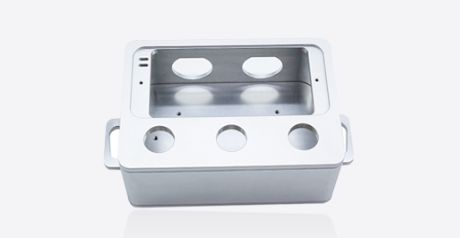 As Machined
As Machined
This is the standard finish option. Burrs and sharp edges are removed after machining.
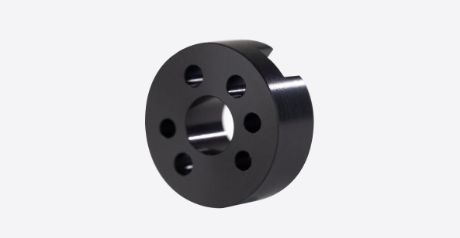 Anodized
Anodized
Parts are anodized (Type II or III coating) to the surface, ideal to improve corrosion and wear resistance of components. Parts can be anodized in different colors, clear, black, red and gold are the most common.
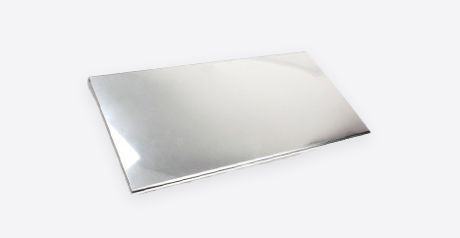 Electropolished
ElectropolishedElectropolishing is an electrochemical process that removes material from a metallic product, reducing the surface roughness by levelling micro-peaks and valleys, improving the surface finish.
 Brushed
BrushedBrushed or dull polished metal is metal with a unidirectional satin finish. It is produced by polishing the metal with a 120–180 grit belt or wheel then softening with an 80–120 grit greaseless compound or a medium non-woven abrasive belt or pad. Commonly brushed metals include stainless steel, aluminum, and nickel.
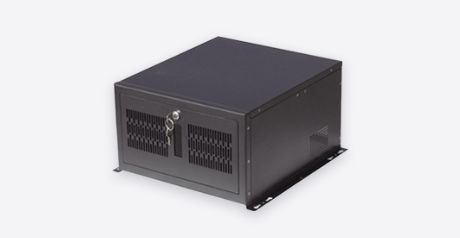 Powder Coat
Powder CoatPowder coating is a type of coating that is applied as a free-flowing, dry powder. This is a process where powdered paint is sprayed onto a part then baked in an oven. It creates a strong, wears, and corrosion-resistant layer that is more durable than standard painting methods. A wide variety of colors are available to choose from.
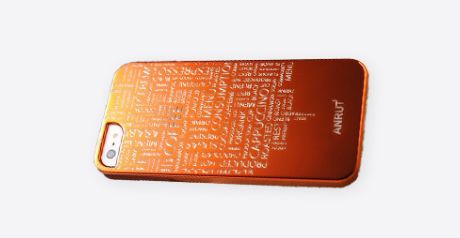 Laser engraving
Laser engravingLaser engraving is the practice of using lasers to engrave the product and leave marks on it, which also includes color change due to chemical/molecular alteration, charring, foaming, melting, ablation, and more. By this technique, the surface will still be smooth, and the mark will not wear out.
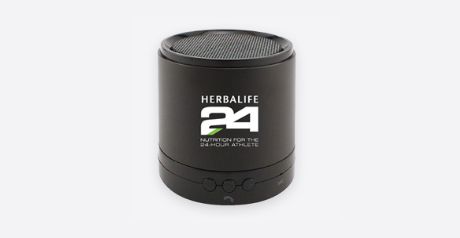 Screen printing
Screen printingScreen printing is a printing technique to stretch silk fabric, synthetic fiber fabric or metal mesh on the screen frame, and use hand-carved paint film or photochemical plate to make screen printing plate.
| Tolerances for Linear Dimensions(GB/T 1804-2000, class f) | ||||||||
| Dimension (mm) | 0.5~3 | 3~6 | 6~30 | 30~120 | 120~400 | 400~1000 | 1000~2000 | 2000~4000 |
| Tolerances | ±0.05 | ±0.05 | ±0.10 | ±0.15 | ±0.20 | ±0.30 | ±0.50 | ---- |
| Tolerances for Angle Dimensions(GB/T 1804-2000, class f) | ||||||||
| Dimension (°) | ≤10 | 10~50 | 50~120 | 120~400 | 400 | |||
| Tolerances | ±1° | ±30° | ±20° | ≤10 | ±5° | |||
1. Keywords: good quality, convenient
The parts are of good quality and online purchasing is very convenient. Save a lot of time for us. Thanks!
2. Keywords: good quality, fast delivery
I have tried the CNC prototype once in ALLPCB. The quality and lead time are beyond our expectations. So we decide to do more parts here. Super convenient.
3. Keywords: professional good quality, fast delivery
I opened the website accidentally and tried to upload my drawing to get a quote. The sales was professional so I placed the order. Then I got my parts, it's good. Nice experience.
4. Keywords: long-term cooperation, good quality
I heard about ALLPCB from other companies several times. So I contacted and try to do a prototype here. Very good quality. This is our third order. We would like to do long-term cooperation with them.
The biggest difference between CNC processing services and ordinary general lathes, CNC machining center than general ones more than the knife library and tool change device. CNC machining center to further improve the degree of automation and production efficiency of general lathes. The most specific difference between CNC machining center and general CNC machine tools is that CNC machining workpiece only clamping once. The system device can control the machine tool to automatically change the tool, and can realize the workpiece milling on the machining surface. Drilling, reaming and tapping, especially for box parts. General CNC machine tool change knife is very troublesome, need manual replacement. Therefore, numerical control machining center has many advantages, it is an essential equipment in the production of numerical control machine tools. For example, the existing five-axis machining center can hardly replace other CNC equipment. The 5-axis machining center can be used for machining complex space curved parts such as propeller and aircraft curved parts. The application field is one of the most mechanical devices in all high-tech industries.
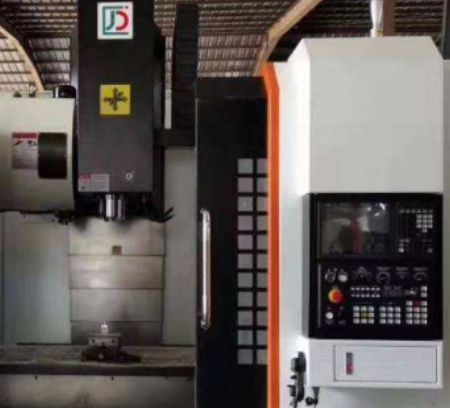
CNC Machining Center Advantages
1. High efficiency: One-time clamping can complete multiple processes
2. High precision: Can achieve high precision machining requirements
3. High flexibility: Can process complex parts with various shapes
Aluminum alloy shell is a common metal shell material, which has the advantages of light weight, high strength, good corrosion resistance, and good thermal conductivity. It is widely used in electronics, communications, aerospace, and other fields.
Aluminum Alloy Shell Tin-Cobalt Alloy Plating
Tin-cobalt alloy plating is a common surface treatment for aluminum alloy shells. It can improve the corrosion resistance and wear resistance of the parts, and also enhance their appearance.
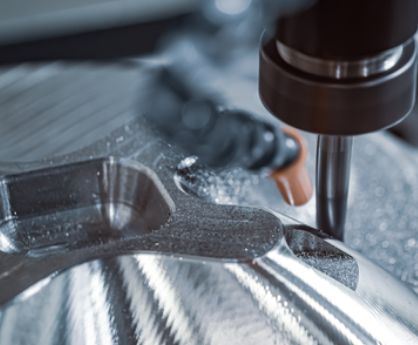
Copper-tin alloy plating gives the aluminum alloy shell a golden appearance, which is beautiful and durable.
Aluminum Alloy Shell Copper-Tin Alloy Plating
The low tin bronze coating of aluminum shell is pink or golden in color, with fine crystallization and high anticorrosion performance and good polishing performance. It is often used as protective and decorative nickel bottom layer in light industry, handicraft industry, mechanical instrument and other industries. Medium tin bronze coating is golden in color and has better corrosion resistance. The hardness and stability in air of aluminum alloy processing are higher than that of low tin bronze coating. But because of the coating.
Process Analysis of CNC Machining Center
Process analysis is the first step in CNC machining. It involves analyzing the process requirements, determining the processing methods, and formulating the processing plan.
The main tasks of process analysis include: determining the processing methods, processing sequence, processing equipment, and processing parameters.
The content of process analysis includes: part structure analysis, processing requirements analysis, processing method analysis, processing equipment analysis, and processing parameter analysis.
Surface with higher dimensional accuracy requirements;
High requirements for phase accuracy of the surface;
Complex curves and surfaces are not conducive to the processing of general machine tools;
Can be concentrated processing of the surface
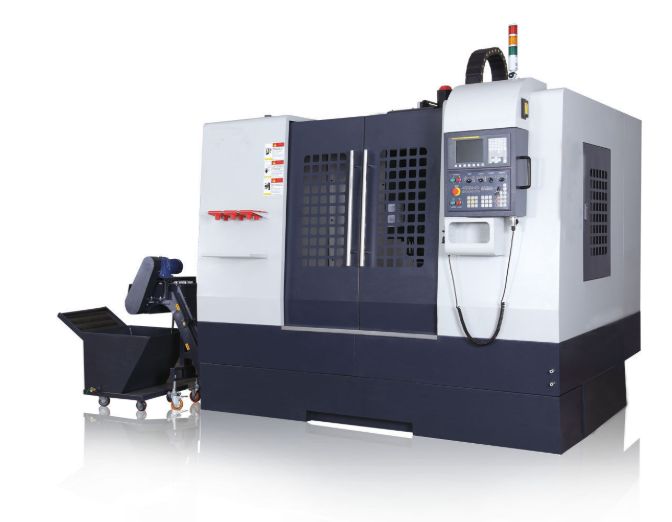
2. Industrial analysis of CNC milling
Using computerized controls and rotating spindle head, CNC milling removes material from the workpiece to create a part that meets the required specifications. A variety of substrates can be machined in this process, including plastic, metal, wood, and glass.
Curves on parts, especially non-circular curves and list curves described by mathematical expressions;
The spatial surface of the mathematical model is given;
The part with complex shape, large size, marking and difficult to detect;
It is difficult to observe, measure and control the internal and external slots of the feed quantity on the ordinary milling machine;
Simple surface can be installed by milling once;
The general processing content can double improve productivity, greatly reduce physical labor intensity.
High-precision machining is a machining method that requires high precision, high surface quality, and high efficiency. It is commonly used in aerospace, electronics, and medical fields.
The processing flow of high-precision parts includes: pre-processing check, raw material check, processing, self-inspection, and quality inspection.
Pre-processing check includes: whether the mechanical parts are loose, whether the processing technology of parts is reasonable, whether the machining position of CNC parts is correct, and whether the CNC production of machining parts specifications is correct.
Raw material check includes: whether the raw materials meet the requirements, whether the raw materials are sufficient, and whether the raw materials are properly stored.
Self-inspection is an important part of quality control. It includes: dimensional inspection, surface quality inspection, and processing accuracy inspection.
Whether the mechanical parts are loose in the whole processing process;
Whether the processing technology of parts has the appropriate starting point of contact;
Whether the machining position of CNC parts to the standard side (standard) specifications meet the requirements of engineering drawings;
CNC production of machining parts specifications between each other. After checking the shape and size of the initial machining, the appearance ruler (non-arc) is accurately measured.
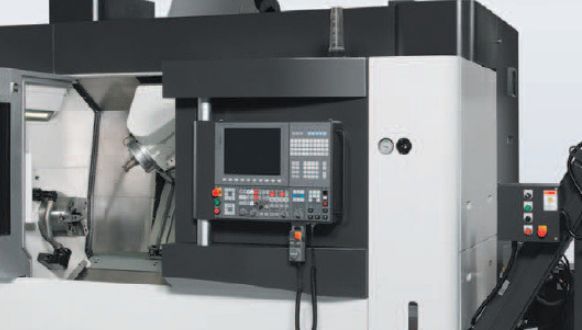
Deep processing of aluminum alloy shells can improve their performance and service life. It includes: surface treatment, heat treatment, precision machining, and assembly.
1. Our certificates: ISO9001、ISO45001、ISO14001、SGS
2. Inspection report included in every order. Full dimensional inspection reports on request.
3. Material certifications and test reports are available on request.
4. Strict NDA agreements with all partners
5. Close tracking on lead time and quality, timely update